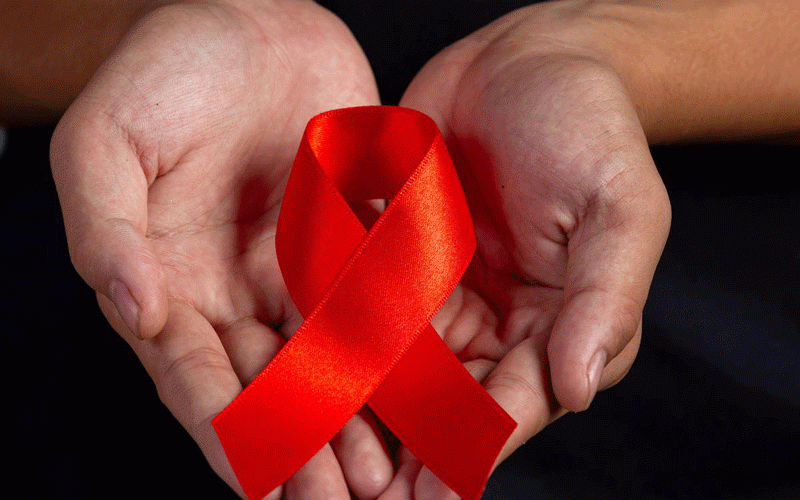
ON December 1, 2022, Zimbabwe joins the rest of the world in commemorating World Aids Day.
This is an opportunity for people all over the world to unite in the fight against HIV/AIDS and to stand in solidarity with the 38 million people around the world, who are reportedly living with the disease. It is also a day to remember the millions of people who have succumbed to HIV/Aids-related illnesses.
It is worth noting that in the early 1980s, the medical fraternity was confounded when a new, virus-caused infection — later named Acquired Immuno-Deficiency Syndrome (Aids) — burst out of obscurity among male homosexuals and intravenous drug users. Never before in history had humans been infected by a disease that destroys the body's immune system, leaving it powerless against many other infections and diseases.
Over the years, HIV/Aids has spread its tentacles to virtually every corner of the inhabited planet, leaving in its wake a trail of gloom and doom, characterised by widowed husbands/wives, shattered careers and millions of orphaned children.
The battle against HIV/Aids has fired the imagination of governments the world over and mobilised their will as few other diseases have ever done, producing one of the greatest human efforts in contemporary history.
However, the sad reality on the ground is that a cure for the deadly disease is yet to be found. The ability of the HIV germ to mutate and establish secret reservoirs in the human body has made it very difficult for medical scientists to pin it down and annihilate it.
Since 1984, when HIV was confirmed as the causative agent of Aids, an avalanche of drugs have surfaced, grabbing headlines in local, regional and international newspapers and magazines.
Some of these drugs were bought by people living with Aids at prohibitive costs, only to pale into oblivion when the truth finally dawned that the drugs were quite useless. Drugs that come to mind include AZT (licensed to treat HIV/Aids in 1987), Kemron, Borobi, Mocrea et al.
- HIV remains a public health threat: President
- HIV remains a public health threat: President
- Abstinence key to HIV/Aids fight
Keep Reading
It is instructive to note that when HIV/Aids first emerged, living with the virus was seen as a death sentence that carried tremendous social stigma. Researchers have, over the years, studiously investigated the transmission of the deadly virus and have developed treatments that now make it possible for people living with the virus to live long, productive lives if they adhere to regular anti-retroviral therapy (ART).
According to some reports, Zimbabwe has an estimated 1,4 million people living with HIV/Aids, who are on ART treatment. Studies have established that people on ART treatment have very little risk of transmitting the virus through sex. They are also less likely to experience most symptoms and complications associated with HIV/Aids.
The 2022 World Aids Day theme: Putting Ourselves to The Test: Achieving Equity to End HIV/Aids draws the world's attention to the need for people to unite globally to eliminate HIV/Aids.
Today there is a broad consensus of opinion among some Zimbabweans that the spread of HIV/Aids in the country is being fuelled by youths, who indulge in risky social behaviour, usually after the abuse of drugs and alcohol.
On November 18, 2022, the police arrested 39 students from several schools in Bulawayo, who were conducting a Vuzu party in Khumalo suburb.
For the benefit of those not in the know, Vuzu parties are popular secretive indoor gatherings, where youths partake of drugs, alcoholic beverages and engage in casual sex.
In a statement posted on Twitter, following the arrest of the 39 students, police spokesperson Assistant Commissioner Paul Nyathi said the police recovered beer, cigarettes and some used and unused condoms at the scene.
Condoms are generally used for birth control and reducing the risk of sexually transmitted infections (STIs) such as gonorrhoea, chlamydia, genital herpes, genital warts, hepatitis B, syphilis and HIV.
However, what most people who engage in casual sex seem completely oblivious to is that condoms are not 100% effective in reducing the risk of getting HIV/Aids.
Research conducted in the US indicate that the HIV bug, which is 1/25th the width of a sperm cell, can easily slip through even the smallest gaps in a condom. In view of this, it is clear that those who engage in sexual debauchery thinking condoms will protect them, actually risk being infected by HIV.
There is a broad consensus of opinion among some theologians that complete sexual abstinence prior to marriage and faithfulness in marriage by both spouses is the key against HIV/Aids.
In rounding off this discourse, it is important to state that God created sex to be a loving bond, which not only motivates humans to marry, but also sanctifies the institution of marriage.
The tragic irony, however, is that God's instructions in respect of sex — that it should be the sole preserve of married couples — have not only been scoffed at, but have been summarily repudiated by an overly permissive, lust-gripped world.










